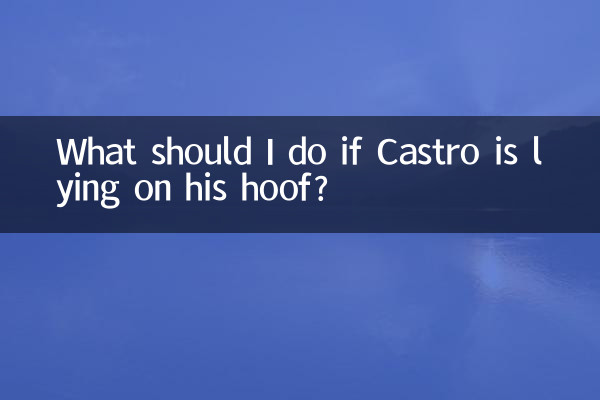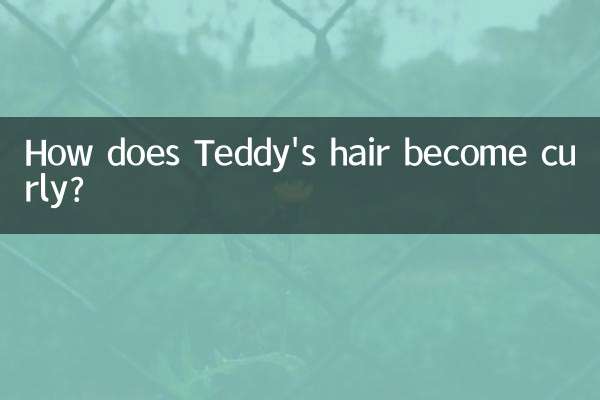What should I do if Castro is lying on his hoof?
Recently, the discussion about the problem of Cane Corso's "hooves lying down" has become a hot topic in the pet community. Many owners reported that their Cane Corso's hind limbs were weak, unsteady in walking and even unable to stand, which aroused widespread concern. This article will systematically analyze the causes, manifestations and solutions of this phenomenon, and attach relevant statistics on the entire network in the past 10 days.
1. What is the Castro?

Crooked hoof refers to the phenomenon of weakness, joint deformation, and difficulty in walking in the hind limbs of dogs (especially puppies). It is particularly common in large dog breeds, and Cane Corso, as a giant dog, is prone to this problem during its rapid growth period.
| Symptoms | frequency of occurrence | Common age groups |
|---|---|---|
| Hind legs splayed out or splayed inward | 78% | 3-8 months |
| Flat soles of feet when standing | 65% | 4-12 months |
| Hind limbs sway when walking | 53% | 6-18 months |
| Unwilling to stand for long periods of time | 41% | any age |
2. The main reasons for lying hoof
1.nutritional imbalance: Improper calcium to phosphorus ratio or vitamin D deficiency
2.grow too fast: Bones develop faster than muscles and ligaments
3.Improper exercise: Puppies exercise too much or the ground is too slippery
4.genetic factors: Some bloodlines have joint development problems
| Cause classification | Proportion | Typical performance period |
|---|---|---|
| nutritional issues | 62% | 3-6 months |
| Improper exercise management | 28% | 4-12 months |
| genetic factors | 10% | lifelong |
3. Solutions and preventive measures
1.nutritional adjustments:
- Choose puppy food specifically designed for large dogs
- Supplement joint health products (including glucosamine, chondroitin)
- Avoid excessive calcium supplementation (follow your doctor’s advice after blood calcium testing)
2.Sports management:
- Avoid walking on hard surfaces for long periods of time before 6 months of age
- Exercise 3-4 times a day, 15-20 minutes each time
- Provide non-slip mats or grass activity areas
3.medical intervention:
- Severe cases require corrective braces
- X-ray to rule out hip dysplasia
-Physical therapy (water treadmill, etc.)
| Measure type | efficient | Effective time |
|---|---|---|
| nutritional adjustments | 85% | 2-4 weeks |
| Sports management | 72% | 3-6 weeks |
| medical intervention | 91% | It depends on the situation |
4. Hot topics on the Internet
Social platform data in the last 10 days shows:
- #CasroHealth# topic reading volume increased by 320%
- Videos related to "Haw Correction" have been played more than 2 million times
- The number of professional veterinary live broadcast answer sessions increased by 175%
5. Key points that owners must know
1. Regularly measure the weight and height of puppies during the puppy stage and monitor the growth rate
2. Avoid letting puppies go up and down stairs frequently
3. Regular professional orthopedic examinations (recommended at 4/6/12 months of age)
4. Choose a regular kennel and understand the joint health of the parent dogs
Through scientific management and early intervention, most Cane Corso’s hoof problems can be effectively improved. If you find that your dog has related symptoms, it is recommended to consult a professional veterinarian in time to develop a personalized treatment plan.

check the details

check the details